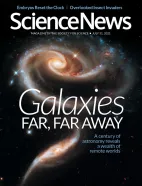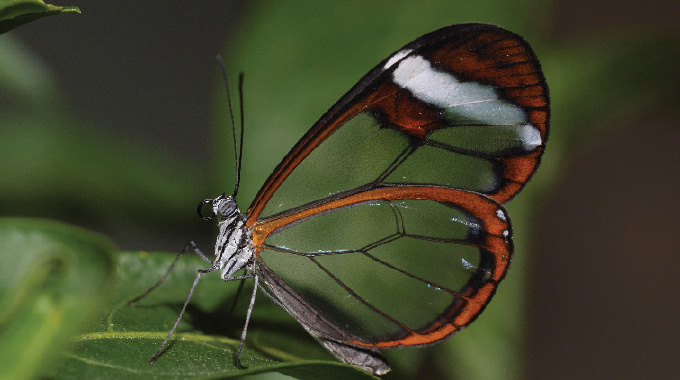Readers discuss corn debris biofuel, the color of ancient Mars’ oceans and more
- More than 2 years ago

Corny fuel
Genetically modified baker’s yeast can turn corn stover — cornstalks, leaves and other harvest debris that farmers often leave to rot in fields — into ethanol, Nikk Ogasa reported in “Yeast turns corn leftovers into fuel” (SN: 7/31/21, p. 12).
Reader Doug Brown wanted to know how removing the corn leftovers would affect soil systems, considering that the materials contribute to soil structure, health and maintenance.
Leaving corn stover behind to promote healthy soils is important, Ogasa says. “The vision isn’t to strip the fields bare, but to extract a minor portion — around 20 to 25 percent — of the corn stover for ethanol production.”
Reader Diana Lutz wondered if ethanol production would help curb the climate crisis, considering that burning the fuel produces carbon dioxide.
While burning ethanol does release CO2, growing corn can capture the greenhouse gas, Ogasa says. This cycling of carbon is different from burning fossil fuels, which only adds more CO2 to the atmosphere. Long-term climate solutions certainly need to include alternatives to burning fuels, says metabolic engineer Felix Lam of MIT. Substituting some fossil fuel use with ethanol or other biofuels could help reduce CO2 emissions now while scientists develop emission-free energy sources, Lam says.
Cosmic mysteries
The last century of astronomy has revealed the complexity of the cosmos, including the existence of exoplanets and colliding galaxies, Lisa Grossman reported in “A century of new worlds” (SN: 7/31/21, p. 18).
Reader Raleigh Truitt asked whether the presence of colliding galaxies means there are exceptions to the idea that galaxies are moving away from each other.
It’s a question of scale, Grossman says. “On large enough scales, yes, the universe is expanding at an accelerating rate, and galaxies are flying away from each other. But that doesn’t mean they can never meet,” she says. “Gravity is still very good at bringing matter together, and galaxies run into each other all the time.”
Grossman reported that Mars’ sky, initially thought to be blue, is actually pinkish-yellow thanks to dust particles in the air. Given that Earth’s oceans are blue like its sky, reader Emily Rader wondered what color Mars’ surface water would have been long ago.
Martian oceans would probably have appeared blue, says planetary scientist Germán Martínez of the Lunar and Planetary Institute in Houston. Mars’ atmospheric composition, which helps determine the color of its sky, does not affect most of the sunlight that reaches the planet’s surface, Martínez says. Sunlight at the surface contains all colors in the visible light spectrum. Water molecules absorb red, orange, green and yellow wavelengths from sunlight and scatter blue wavelengths. That is why we perceive Earth’s oceans as blue, he says. So just as on Earth, water on ancient Mars would have looked blue.
Correction
“Mind games” (SN: 8/14/21, p. 18) failed to note that psychologist Stephen Reicher of the University of St. Andrews in Scotland collaborated with psychologist S. Alexander Haslam of the University of Queensland in Australia to conduct a prison experiment in which guards developed their own rules. The experiment took place in 2001, not 2002.
Wondrous wings
Spindly scales and a waxy coating are the secret to glasswing butterflies’ transparent wings (shown below), Maria Temming reported in “What’s behind this butterfly’s see-through wings” (SN: 7/31/21, p. 32). Reader Connie Jagodzinski found the research fascinating: “It made me think of Star Trek’s cloaking devices and how this … amazing little insect could galvanize big old human technology.”
